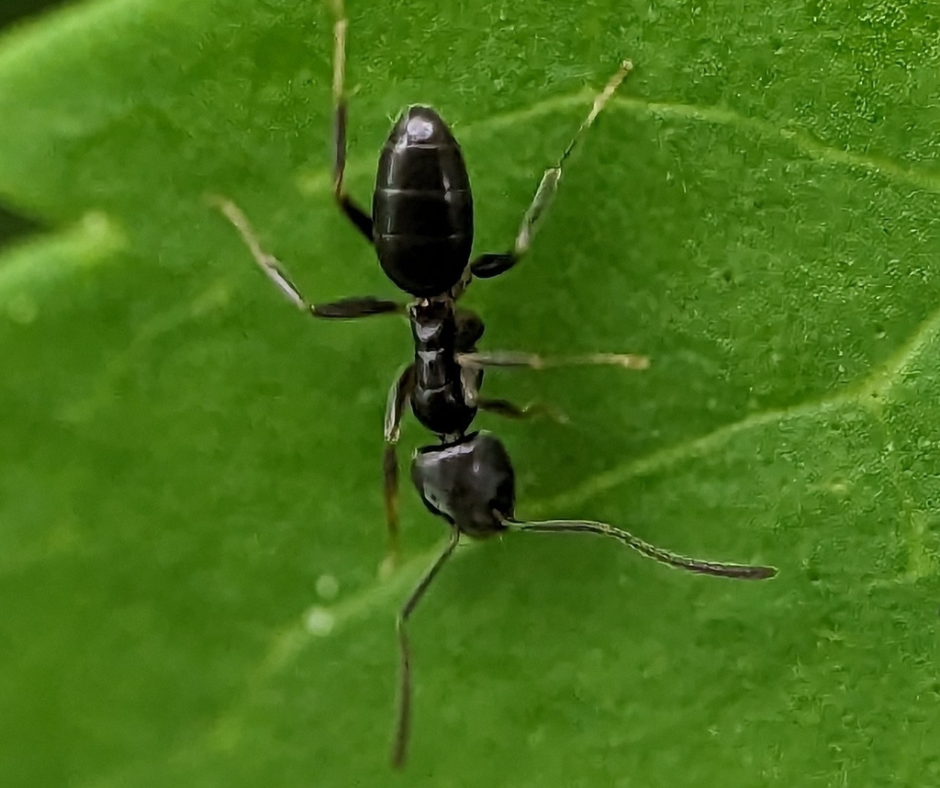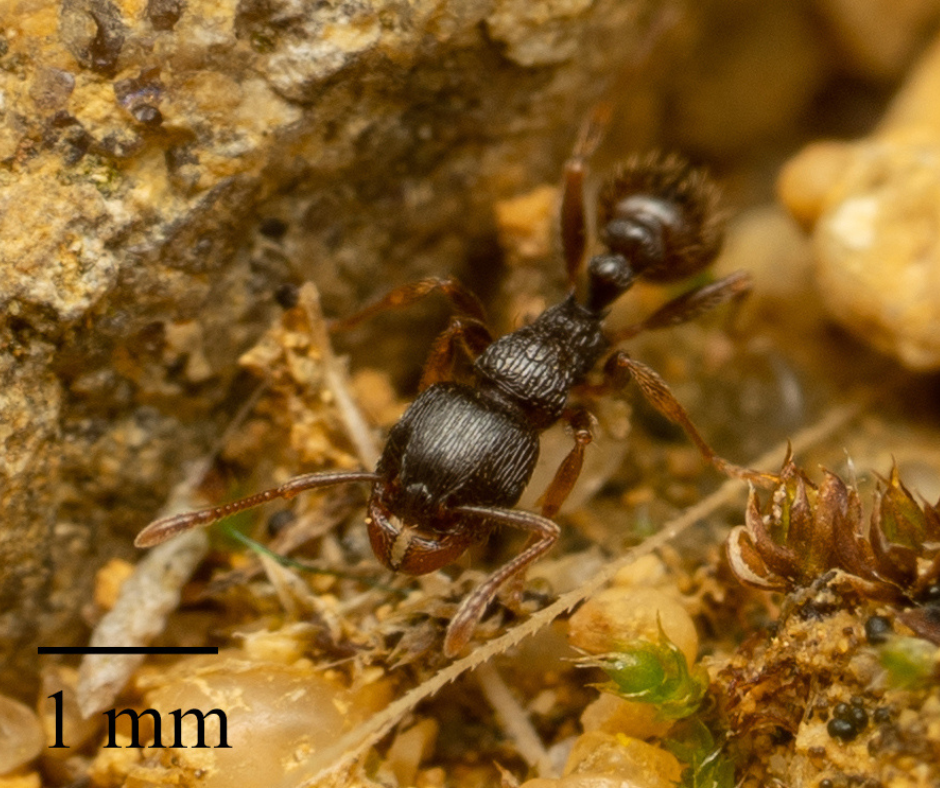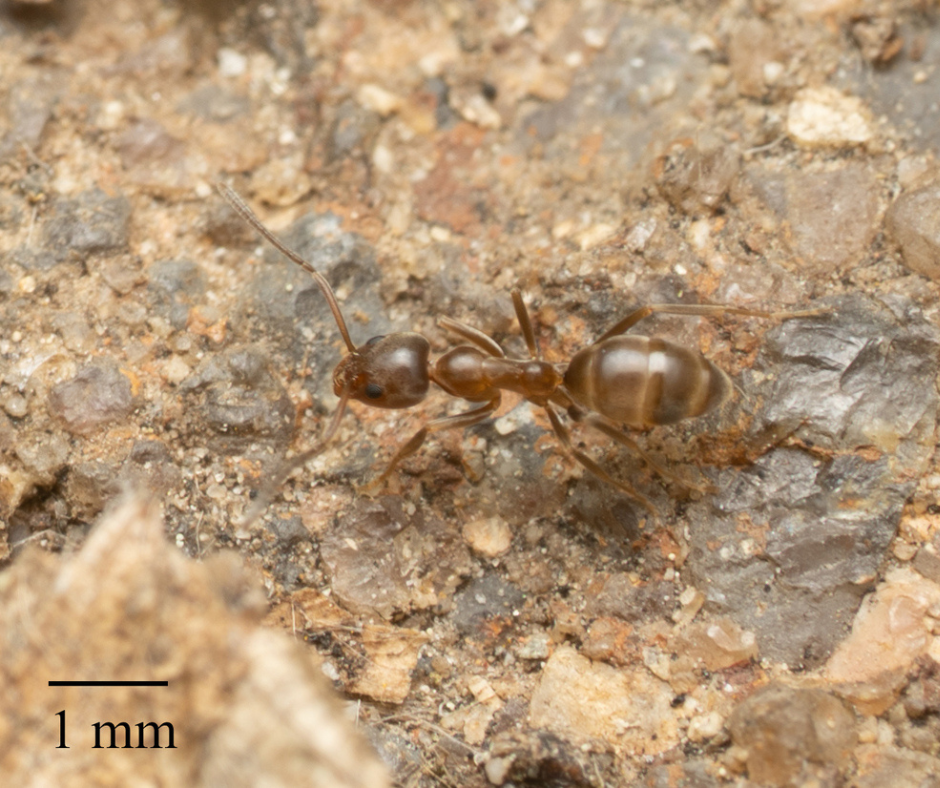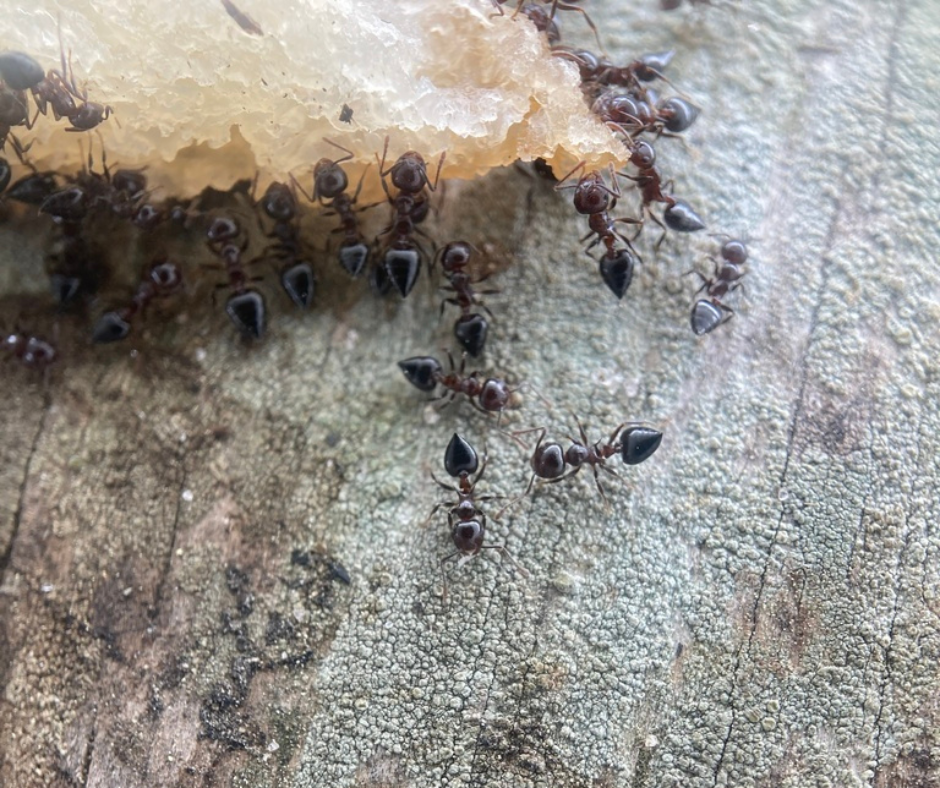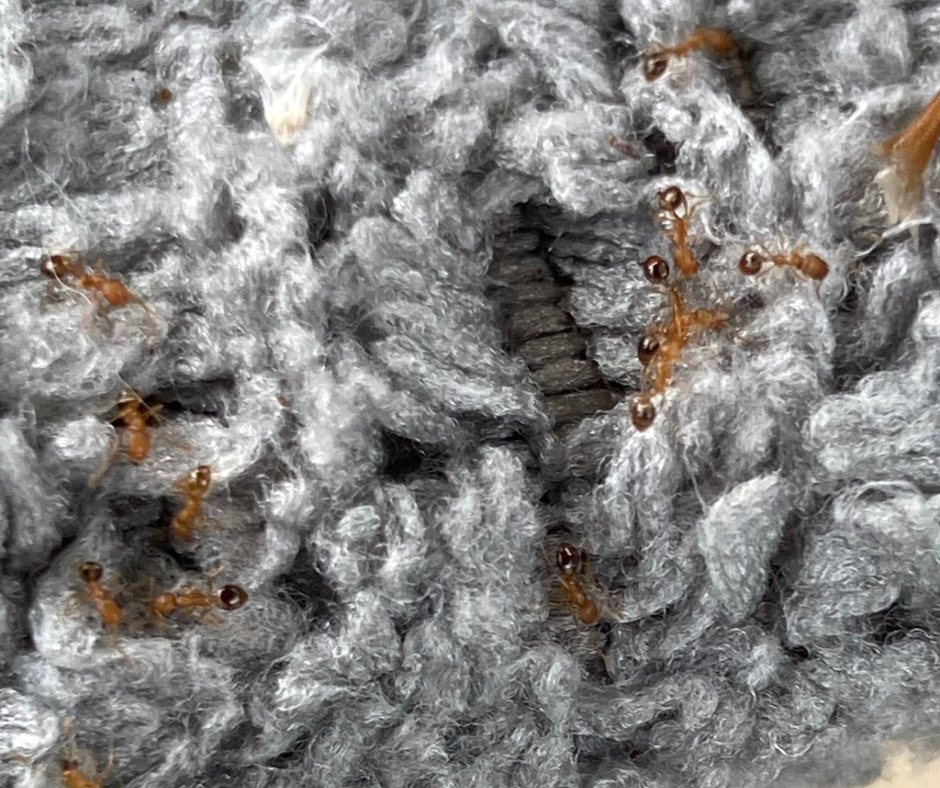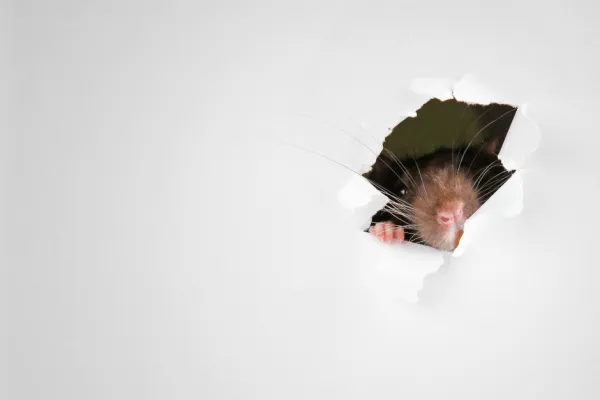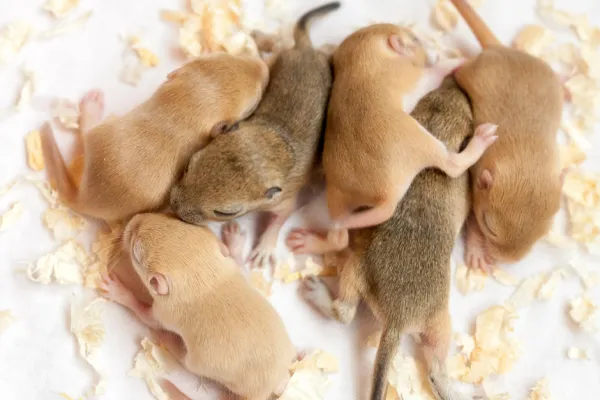Ants in Montgomery County
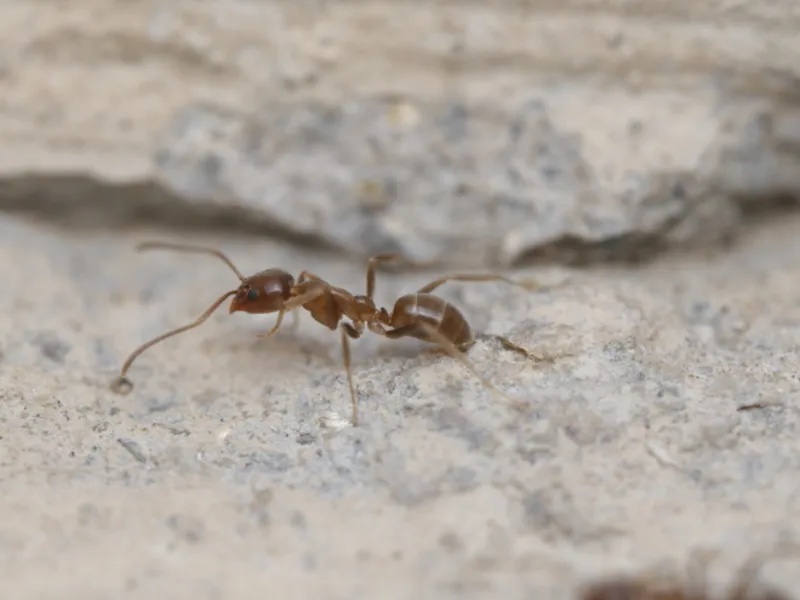
Ants in Ijamsville & Montgomery County
What Types of Ants Are You Seeing?
If you live in Ijamsville, Rockville, Bethesda, or anywhere across Montgomery County, chances are you've spotted a trail of ants in your kitchen, along your foundation, in your bathroom, or along your kitchen counters. Ants are among the most common pest complaints in the DMV region—and for good reason. Ijamsville's humid springs and hot summers create ideal conditions for ants to thrive and invade homes.
At PestNow, we routinely help residents in the Montgomery County area identify and eliminate persistent ant infestations. Below is a breakdown of the five most common ant species you're likely to encounter—along with how to recognize them, what attracts them, and what makes them a risk to your home.
Odorous House Ants (Tapinoma sessile)
Appearance
- Size: 1/16 to 1/8 inch
- Color: Brown to black
Distinctive Feature: Odorous house ants smell like rotten coconut when crushed
If you ever find a trail of tiny ants in your kitchen after a summer rain, chances are you're dealing with odorous house ants. These pests have a serious sweet tooth—drawn to sugary spills, fruit juice, and even the honeydew left behind by aphids on outdoor plants. They're especially persistent in finding ways inside by squeezing through the smallest cracks in search of moisture and food. Once inside, they tend to nest in hard-to-reach areas like walls, under sinks, and behind cabinets. In the Ijamsville and greater Montgomery County area, we see them most often from spring through fall, with a peak in late spring and summer months.
Pavement Ants (Tetramorium immigrans)
Appearance
Size: Approximately 1/8 inch
Color: Dark brown to black, lighter legs
Distinctive Feature: Fine parallel lines on the head and thorax; two-segmented petiole
Pavement ants are the kind you'll often spot crawling along your driveway or patio, but don't be surprised if they show up inside your home too—especially in the kitchen. They're attracted to everyday food like greasy leftovers, meat scraps, and sweets. Pavement ants are a common nuisance because they like to nest under sidewalks, foundations, and driveways, then sneak inside through tiny cracks. Their activity usually ramps up in late spring and carries through early fall, with swarming season typically kicking off in the spring.
Argentine Ants (Linepithema humile)
Appearance
Size: 1/16 to 1/4 inch
Color: Light to dark brown
Distinctive Feature: Uniform body color; form long, visible foraging trails
Argentine ants are relentless foragers, especially when the weather turns hot and dry. If you've noticed long trails of ants leading to your pet's food bowl or spilled soda, these could be the culprits. They're drawn to sweets, sugary drinks, pet food, and even meat, and once they find a reliable food source, they don't let go easily.
What makes them particularly challenging is their ability to form massive supercolonies, which can quickly overwhelm a home or yard if left untreated. What Is a Supercolony? A supercolony is an enormous ant colony containing multiple queens and millions of workers. Unlike most ant species, Argentine ants don't fight between neighboring nests of their own kind. This cooperation allows them to form sprawling networks of colonies across entire neighborhoods, properties, or even cities. One of the largest Argentine ant supercolonies ever discovered spans over 3,700 miles across Southern Europe.
Acrobat Ants (Crematogaster spp.)
Appearance
Size: 1/16 to 1/8 inch
Color: Light brown to black
Distinctive Feature: Heart-shaped abdomen that lifts over the thorax when disturbed
Acrobat ants might be small, but they can cause big headaches, especially in homes and businesses with moisture issues. They're drawn to sweet foods, the honeydew secreted by aphids, and occasionally proteins like pet food or leftover meat. Acrobat ants are typically found in damp or decaying wood, like rotting window frames, wet deck boards, or even inside insulation.
How did acrobat ants get their name? They get their name from their distinctive behavior when threatened. When disturbed or alarmed, acrobat ants raise their abdomen high over their thorax and head, often arching it above their body in a posture that looks a lot like a circus acrobat performing a handstand or backbend. This defensive pose helps them release defensive chemicals and makes them appear larger or more threatening to predators.
Pharaoh Ants (Monomorium pharaonis)
Appearance
Size: About 1/16 inch
Color: Pale yellow to reddish with a darker abdomen
Pharaoh ants are one of the most invasive indoor pests in Montgomery County, and they're especially troublesome in buildings like apartments, offices, and even hospitals. These tiny ants are attracted to a wide variety of household materials—everything from sweets and greasy foods to proteins and even toothpaste. Pharaoh ants are able to establish multiple nesting sites throughout a structure. Once they find a place to call home, they spread quickly and quietly, making them difficult to eliminate without professional help. Unlike many ant species that slow down in winter, Pharaoh ants remain active all year long indoors, especially in warm, climate-controlled environments. You might see them in your kitchen, bathroom, or around baseboards—even in the colder months.
Why are ants always around?
Montgomery's warm, wet spring and hot summer climate offers the perfect environment for ant colonies to expand and invade homes and businesses. he most intense ant activity typically occurs between May and September. Reasons you may be seeing ants in your home include:
Moisture issues in basements, kitchens, and crawlspaces
Cracks in foundations and unsealed entry points
Older homes with structural vulnerabilities
Nearby vegetation, mulch beds, or aphid-prone plants that attract ant activity
The most intense ant activity typically occurs between May and September, so if you're seeing ants in your home or around your property, don't wait. Ant infestations can grow quickly, and DIY methods often miss the hidden colonies. At PestNow, our team offers effective pest control solutions tailored to our environment. We understand the local pest pressures and provide long-lasting protection to keep your home ant-free.
